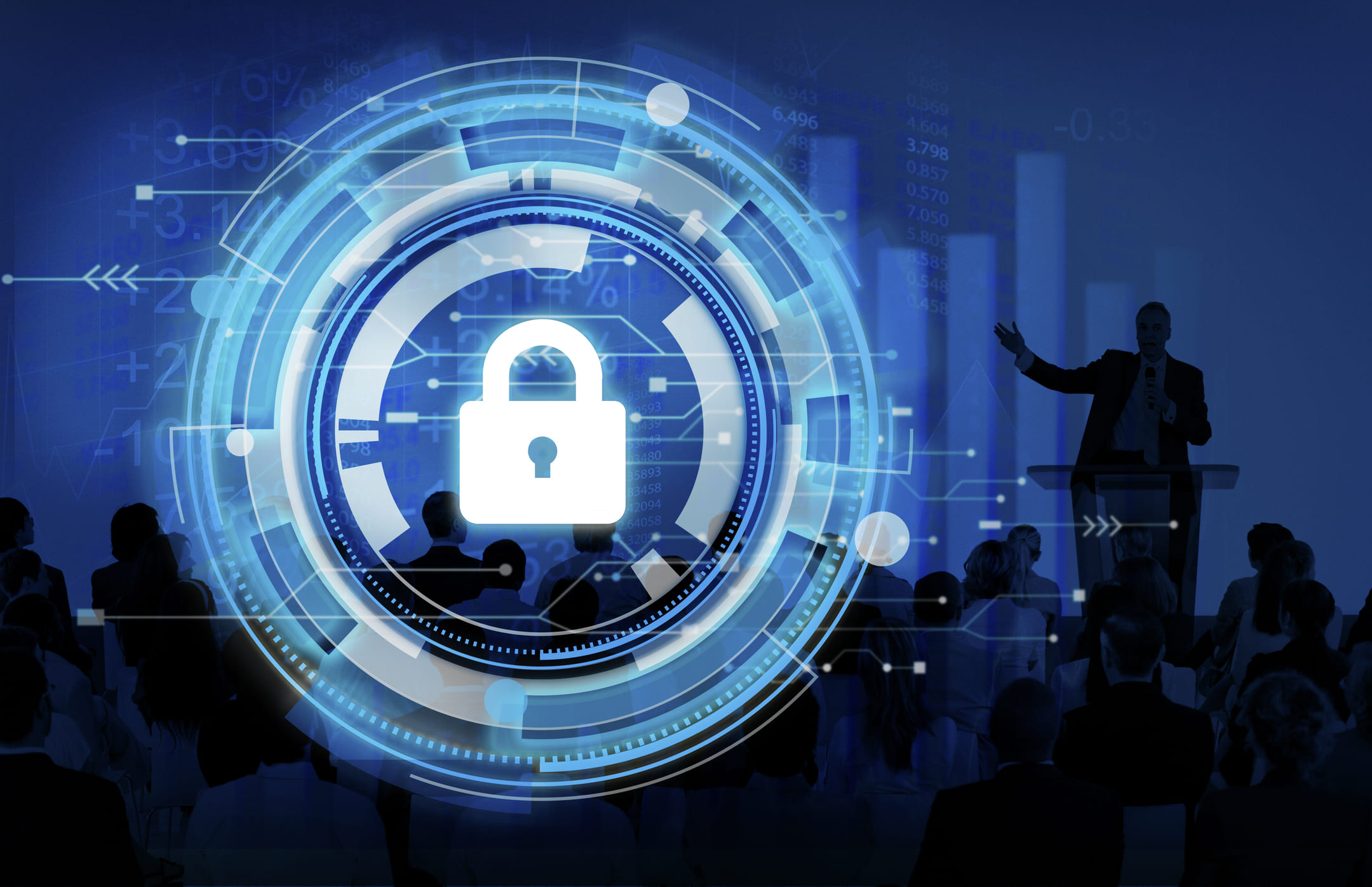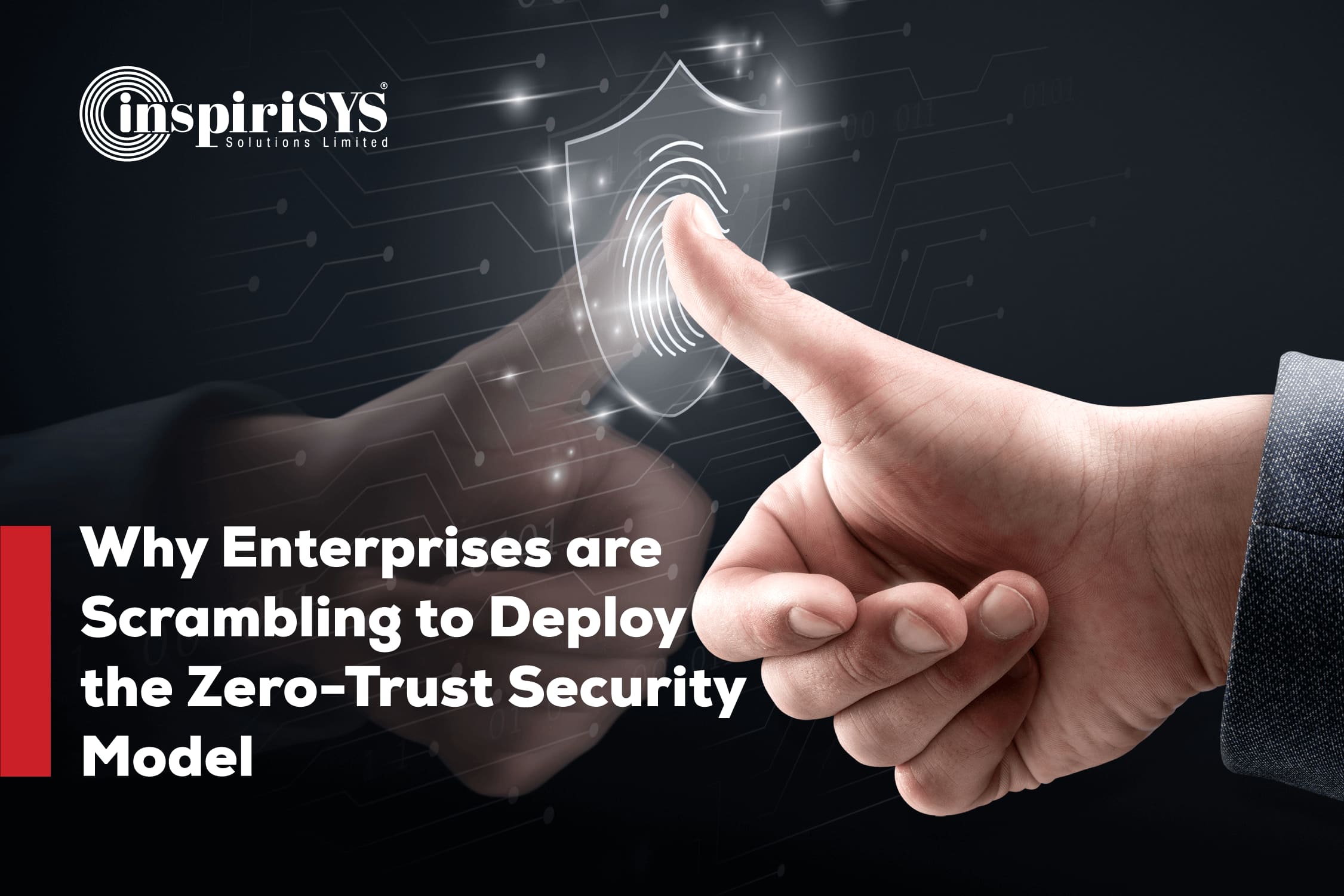The frequency and potency of cyber attacks has been increasing at an alarming rate over the last few years. Global cybersecurity measures have become more crucial than ever. In 2021, IBM reported that data breach costs rose to $4.24 million. This increase was primarily attributed to the increase in remote working during the pandemic.
Businesses can no longer afford to leave cybersecurity to chance. Cyberattacks go far beyond initial financial setbacks caused by data breaches. It could take your business years to recover from blows dealt to its revenue. There are several methods that can be implemented to mitigate the damage caused by cyberattacks.
The importance of cybersecurity boils down to the need to keep data, technology, and devices private and safe. If cybercriminals gain access to this data, they can wreak havoc on your business by stealing sensitive information and jeopardizing the integrity of your enterprise.
The Importance of Privacy and Cybersecurity
There is an increasing need for companies to keep their data, finances, and intellectual property safe. Individuals also need cybersecurity to safeguard their personal data. When it comes to the government and public services, effective cybersecurity enhances public trust on their services.
Privacy is a fundamental human right which is defended by the law. The right to privacy implies that you should be able to make free, unbiased choices, communicate freely, and browse for whatever interests you online without the fear of cyberattacks.
With the right measures in place, businesses and individuals can ward off cybersecurity threats effectively.
There are multiple security models that can be implemented to improve the security posture of your organization. The Zero Trust model is one of them. It is a strategy that businesses have been leaning on to construct their security ecosystem.
What is Zero Trust Security?

Zero Trust assumes the worst, and everyone and everything to be hostile, including the internal employees of a company. It is a tactical approach that requires all users, whether they are internal or external, to be continuously authenticated and validated for security configuration before granting them access to applications and data. It is a tool for securing your infrastructure and addressing the challenges of modern digital transformation journeys.
Zero Trust was developed after companies realized that traditional security models were operating on the primitive assumption that everything within the organizational network should be trusted implicitly. This gave users the freedom to move laterally and access sensitive data, owing to a lack of granular security controls. While it may seem paranoid not to trust regular users, threat actors and malicious insiders can easily pass off as normal users and further their own destructive agendas.
Benefits of Zero Trust Architecture

According to a recent survey 42 percent of respondents said that they plan to adopt a zero-trust strategy and are in the early phases of doing so. In general, 72 percent of respondents have plans of adopting zero trust in the future or have already adopted it. Here are some reasons why you should adopt the Zero Trust model in your enterprise:
Security Against Internal & External Threats – External hackers need to penetrate the outer security system of a business to be able to access its data. Common ways to do this include through malware, phishing, DDoS attacks, ransomware, and Trojan software. Once they are within the network, it becomes extremely difficult to detect their presence.
Zero Trust architecture operates on baseline standards of activity. This means that any deviation from typical behavior is triggered and analyzed for potential malicious activity immediately. This causes a reduction in risk exposure.
Increased Transparency – Zero Trust is adaptive when it comes to identity-based access control. All systems and data are duly protected since they have higher visibility to data access events. Companies will have full visibility into who accessed their data and where they accessed it from. This means that they can flag undesired actions when it comes to data accessibility.
Secure Cloud Adoption Strategies – Organizations are rushing towards cloud adoption globally. There is also a lot of skepticism about the security of these technologies. Zero Trust aims to combine control, collaboration, and visibility into a single package. This enables the classification of cloud-based assets to protect and access controls.
Hybrid Workforce Security – Rapid cloud adoption strategies and digital transformation journeys have created a hybrid method of working across many industries. The adoption of hybrid workforces was accelerated by the onset of the pandemic. It has forced employees to collaborate effectively, despite being geographically scattered. Since there are multiple users accessing the organizational network through their own private devices, guaranteeing effective security measures is a challenge. Zero Trust architecture allows you to put identity at the center and lowers the dependence on traditional endpoint protection solutions.
Zero Trust for the Present and the Future
Zero Trust is the contemporary strategy to strengthen your cybersecurity posture in your enterprise. It furnishes a set of concepts, ideas, and component relationships that help you eliminate any uncertainty behind implementing accurate access decisions in data systems and services. With the rising level of cybersecurity threats, Zero Trust outweighs its adoption costs and other factors.
Enhance your business defense mechanisms and bolster systems to manage even the most sophisticated threats with Zero Trust and the latest enterprise security solutions from Inspirisys. Our range of cybersecurity services will keep your organization secure and functioning optimally. Adopt our solutions today and make the security of your enterprise fool-proof.







